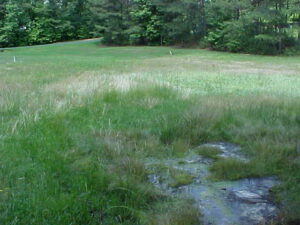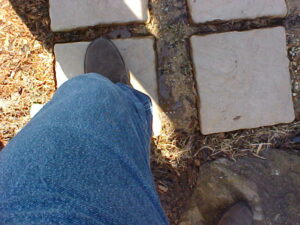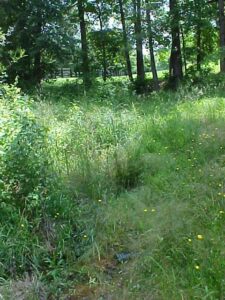Rain Related Landscape Problems
go.ncsu.edu/readext?810606
en Español / em Português
El inglés es el idioma de control de esta página. En la medida en que haya algún conflicto entre la traducción al inglés y la traducción, el inglés prevalece.
Al hacer clic en el enlace de traducción se activa un servicio de traducción gratuito para convertir la página al español. Al igual que con cualquier traducción por Internet, la conversión no es sensible al contexto y puede que no traduzca el texto en su significado original. NC State Extension no garantiza la exactitud del texto traducido. Por favor, tenga en cuenta que algunas aplicaciones y/o servicios pueden no funcionar como se espera cuando se traducen.
Português
Inglês é o idioma de controle desta página. Na medida que haja algum conflito entre o texto original em Inglês e a tradução, o Inglês prevalece.
Ao clicar no link de tradução, um serviço gratuito de tradução será ativado para converter a página para o Português. Como em qualquer tradução pela internet, a conversão não é sensivel ao contexto e pode não ocorrer a tradução para o significado orginal. O serviço de Extensão da Carolina do Norte (NC State Extension) não garante a exatidão do texto traduzido. Por favor, observe que algumas funções ou serviços podem não funcionar como esperado após a tradução.
English
English is the controlling language of this page. To the extent there is any conflict between the English text and the translation, English controls.
Clicking on the translation link activates a free translation service to convert the page to Spanish. As with any Internet translation, the conversion is not context-sensitive and may not translate the text to its original meaning. NC State Extension does not guarantee the accuracy of the translated text. Please note that some applications and/or services may not function as expected when translated.
Collapse ▲Over the last few years of heavy rain, we get a lot of questions about high water tables, natural ‘springs’ or ‘seeps’ and sinkholes. Home gardeners call about wet boggy areas in their lawns. They call about basements that flood. We get questions about mold also.
Land of Water
Each year since 2018 we have gotten higher than normal rainfall. Some areas of the county in some years we get well over 100 inches of rain. That is as much as some areas of the Amazon rainforest!
Lots of rain is not completely unusual in Western North Carolina. In fact the area has been called the ‘Saudi Arabia’ of water for all of the water that we get as rain and all the water that we have underground. Before European settlers cleared forests and drained bogs, Henderson County was a very boggy area. Today after hundreds of years of draining, damming, burying, piping, channeling etc, many springs and streams have disappeared. Sometimes these buried springs reappear after high rains.
Modern Landscape Problems
A water table is essentially the level of groundwater. Soil acts like a sponge, absorbing and holding vast amounts of water. When the weather is drier, the water table falls and when it is wetter, the water table rises roughly following stream and river levels. A high or perched water table may be seasonal and only occur in long times of wet weather or it may be perennial and is usually characterized by saturated soil.
Sometimes the water in the water table finds a place to leak out. This is called a spring or a seep. Springs can also be periodic (ephemeral) or constant (perennial). If these seeps are not negatively impacting the home, gardeners can allow wetlands to form. Plants that are native to wetlands can be added to the area. Wildlife will appreciate the creation of wetlands.
If the wet area is near the house, investigate getting a drainage system around the foundation of the house. A French drain can help keep the soil from being saturated up against the foundation.
Sinkholes appear during periods of heavy rain. Water percolating down through the soil can move soil into cavities where buried construction debris or tree stumps have rotted away or where some natural cavity exists. Sometimes the holes occur years after the debris was buried. The only real solution is to fill the hole with soil similar to the soil on the site, wait for the soil to settle and fill the hole again. Eventually the hole can be filled although it can take many truckloads to do the job.
Water can penetrate crawl spaces and basements of homes during wet weather periods. Sometimes home owners must go to great expense to mitigate water intrusion by installing expensive underground drainage systems around homes. Other times basements and crawl spaces can be sealed using paints or plastics.
Mold can grow in humid areas under homes. There are many chemical products that can kill mold under homes. Crawl spaces and basements should be sealed to prevent water or vapor intrusion. Air circulating fans and dehumidifiers can also help mitigate moldy areas.







